Action Potential
An action potential is a rapid change in the membrane potential of a neuron or muscle cell. It is a key physiological process that allows for the transmission of electrical signals along nerve cells, leading to the communication between different parts of the body.
Key Concepts:
- Resting Membrane Potential: The resting membrane potential is the difference in electrical potential between the interior and exterior of a cell at rest. In neurons, this is typically around -70 millivolts.
- Depolarization: When a stimulus triggers the opening of ion channels, allowing positive ions to flow into the cell, the membrane potential becomes less negative. This is known as depolarization.
- Action Potential Threshold: The critical level of depolarization at which an action potential is initiated. It is typically around -55 millivolts.
- Propagation: Once initiated, the action potential travels along the length of the neuron, allowing for the transmission of signals.
- Repolarization: After reaching its peak, the cell undergoes repolarization, during which the membrane potential is restored to its resting state.
- Hyperpolarization: In some cases, the membrane potential briefly becomes more negative than the resting potential before returning to baseline. This is known as hyperpolarization.
Study Guide:
- Define action potential and explain its significance in neuronal communication.
- Describe the role of ion channels in the generation of action potentials.
- Outline the sequence of events during the generation of an action potential, including depolarization, action potential threshold, propagation, repolarization, and hyperpolarization.
- Compare and contrast the resting membrane potential and the action potential in terms of their electrical characteristics.
- Discuss the factors that can affect the speed of action potential propagation along a neuron.
- Explain the concept of refractory period and its importance in preventing signal overlap in neuronal communication.
Understanding the process of action potential is crucial for comprehending the functioning of the nervous system and various physiological processes in the body.
.◂Science Worksheets and Study Guides Eighth Grade. Respiration and excretion
Study Guide Respiration and excretion
Respiration and excretion  Worksheet/Answer key
Worksheet/Answer key Respiration and excretion
Respiration and excretion  Worksheet/Answer key
Worksheet/Answer key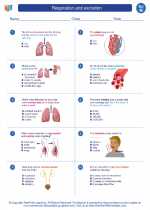 Respiration and excretion
Respiration and excretion  Worksheet/Answer key
Worksheet/Answer key Respiration and excretion
Respiration and excretion  Vocabulary/Answer key
Vocabulary/Answer key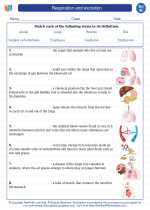 Respiration and excretion
Respiration and excretion  Vocabulary/Answer key
Vocabulary/Answer key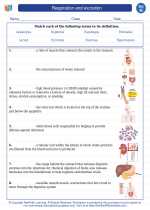 Respiration and excretion
Respiration and excretion  Vocabulary/Answer key
Vocabulary/Answer key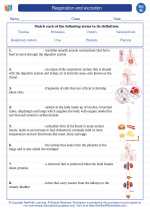 Respiration and excretion
Respiration and excretion  Vocabulary/Answer key
Vocabulary/Answer key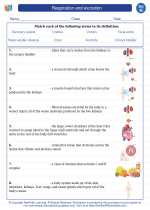 Respiration and excretion
Respiration and excretion 

 Worksheet/Answer key
Worksheet/Answer key
 Worksheet/Answer key
Worksheet/Answer key
 Worksheet/Answer key
Worksheet/Answer key
 Vocabulary/Answer key
Vocabulary/Answer key
 Vocabulary/Answer key
Vocabulary/Answer key
 Vocabulary/Answer key
Vocabulary/Answer key
 Vocabulary/Answer key
Vocabulary/Answer key
